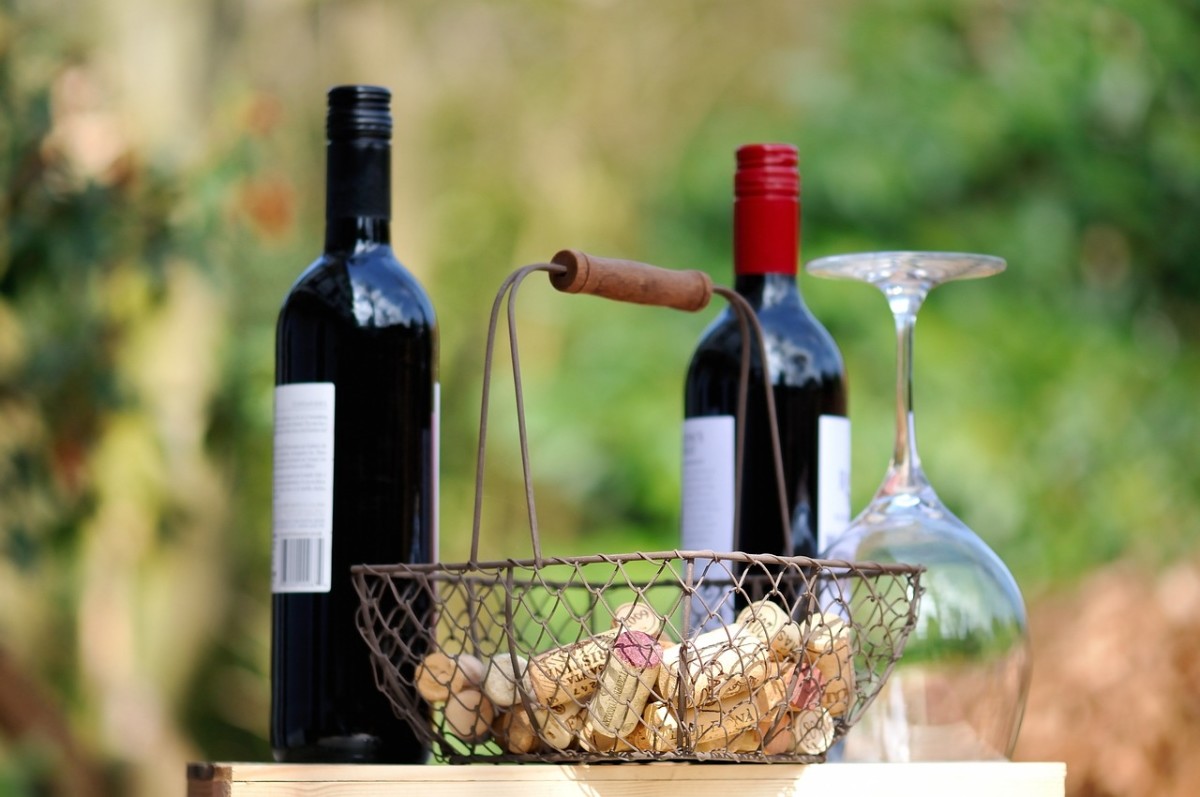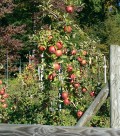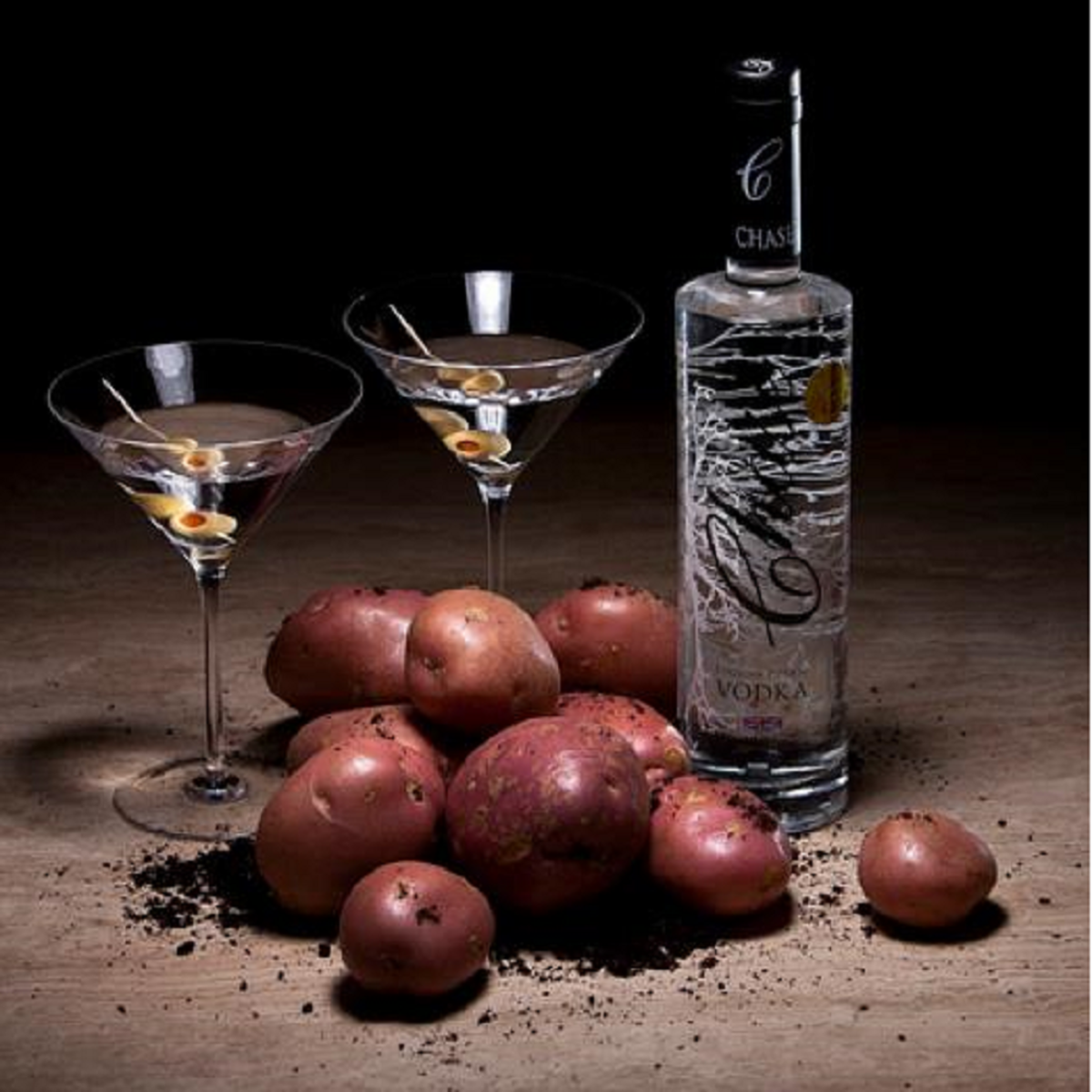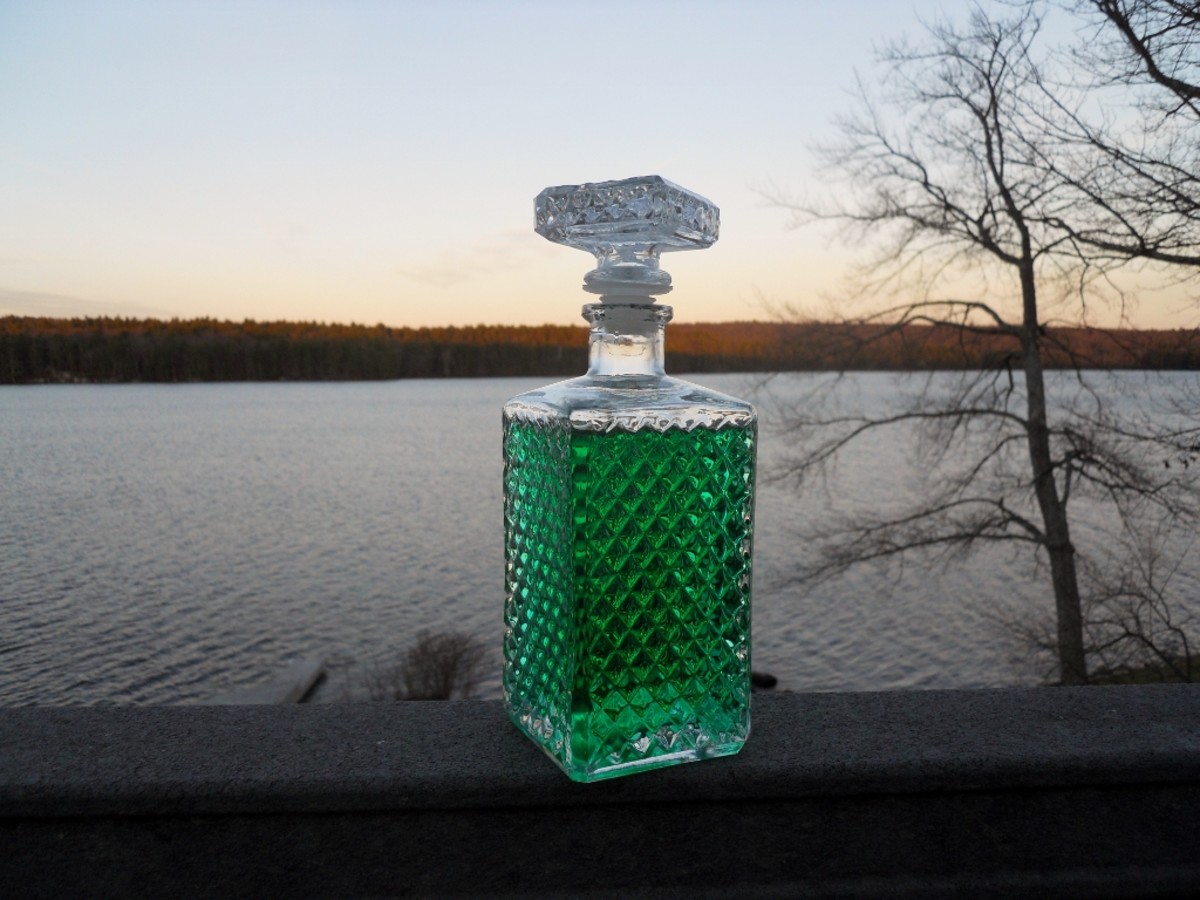Alcohol and Spirits
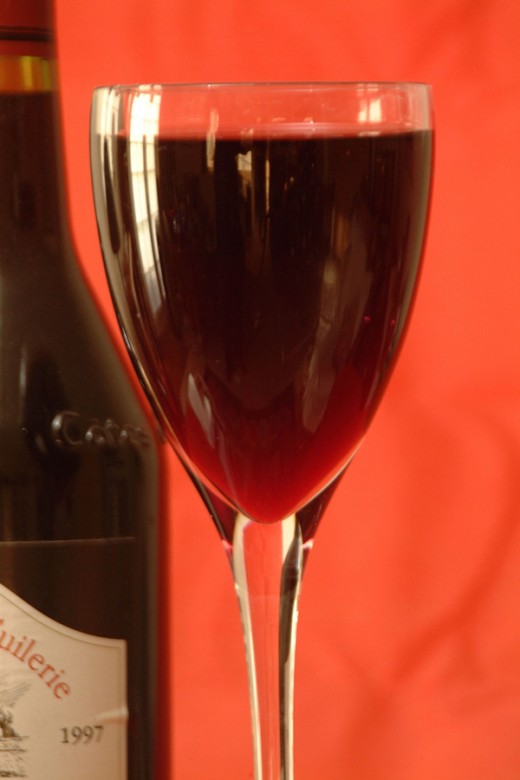
Wine Tasting For Beginners
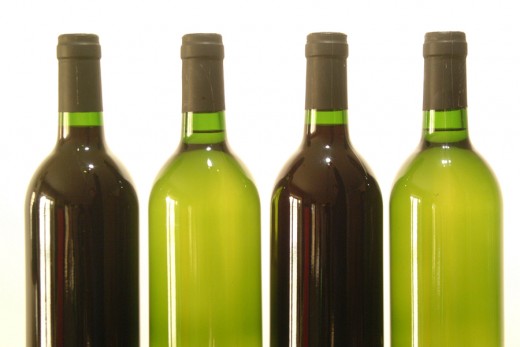
The Flavors Of Wine
Although the four main flavors - sweet, salty, sour, and bitter are all your tongue is really capable of tasting, the long lasting impression that wine leaves in your mouth is far more complex. When you drink or taste wine, your taste buds and your sense of smell are involved, adding to the way you interpret wine overall. The flavors, aromas, and sensations that wine is comprised of provide the interaction that you taste when you sample wine.
Sweetness is something that wines are well known for. With most types of wine, grapes are responsible for the sweet taste. Grapes contain a lot of sugar, which breaks the yeast down into alcohol. The grapes and yeast that were used to produce the wine will leave behind various sugars, which your tongue will be able to quickly detect. Once your tongue detects these various sugars, the stimulation of sweetness from the wine will be ever so present in your mouth.
Alcohol is also present in wine, although your tongue doesn’t really know how to decipher the taste of alcohol. Even though the tongue doesn’t really taste alcohol, the alcohol is present in the mouth. The alcohol found in wine will dilate blood vessels and therefore intensify all of the other flavors found in the wine. After you have samples a few types of wine, the alcohol level can easily have an effect on your taste buds, making it hard to distinguish other drinks that you may have.
Another flavor is acidity, which will effect the sugars. With the proper balance of acidity, the overall flavor of wine can be very overwhelming. Once you taste wine that contains it, the flavor of the acidity will be well known to your tongue. Although acidity is great with wine, too much of it will leave a very sharp taste. With the right levels, acidity will bring the flavors of the grape and fruits alive in your mouth - providing you with the perfect taste.
Yet another effect of flavor are tannins, which are the proteins found in the skins of grapes and other fruits. If a wine has the right amount of tannins, it will give your tongue a great feel, and bring in the sensations of the other flavors. Once a wine starts to age, the tannins will begin to breakdown in the bottle, giving you a softer feel to the taste. Tannins are essential for the taste of wine - providing the wine has been properly aged.
The last flavor associated with wine is oak. Although oak isn’t put into the wine during the manufacturing process, it is actually transferred during the aging process, as most wines will spend quite a bit of time in oak barrels. Depending on how long the wine is left in the oak barrel or cask, the ability to extract the flavor will vary. Most often times, wine will be aged just enough to where the oak taste is visibly there - and adds the perfect sentiment to the taste.
Although there are other flavors involved with the taste of wine, they aren’t as present as those listed above. The above flavors are the most present in wine, and also the flavors that you need to get more familiar with. Before you try to taste wine or distinguish flavors, you should always learn as much you can about the components responsible for the flavors. This way - you will know more about what you are tasting and you’ll truly be able to appreciate wine.
A Look At Champagne
Champagne
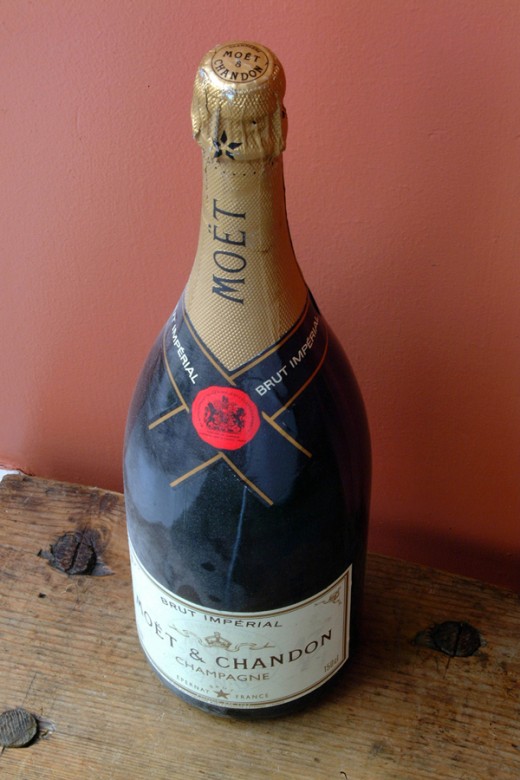
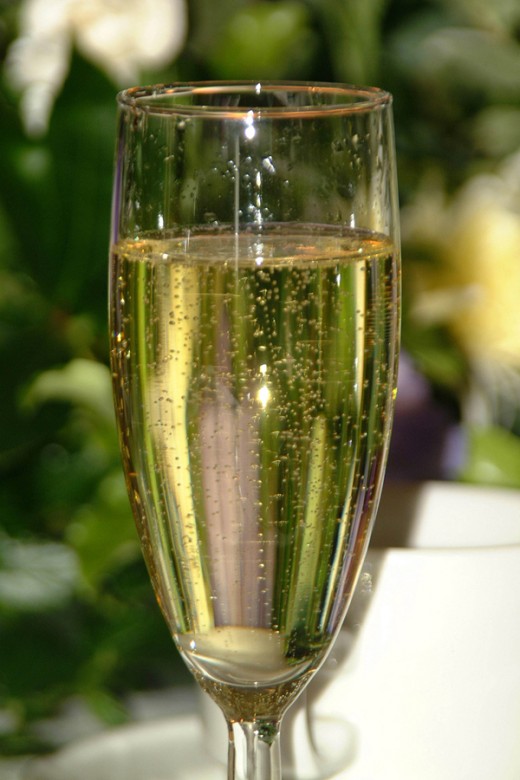
A Look At Champagne Racks
In the process of manufacturing Champagne, riddling racks are a must have. Once the sparkling wine has began to age on the less, it will be time for the concluding stages. Riddling is essential to the life of Champagne as it collects the sediment in bottles and deposits it near the bottle’s mouth. This sediment is what helps to bring the bubbles bursting out when you pop the cork.Champagne bottles are put on riddling racks at a 45 degree angle, comprising the two rectangular boards that have been hinged at the top of the rack. On each side of the rack, there are ten rows that contain six holes for the necks of the bottles. Due to their structure and shape, each riddling rack is capable of holding 120 bottles, although there are special models that are made to hold more.The riddler, who places the bottles, will place a bottle neck into each one of the holes on the riddling racks. There are painted lines at the bottom of each bottle, which acts as a marker for placing the bottles. All markers point in the same direction, which makes it easy for the riddler to put the bottles on the racks.Over the course of several weeks, the riddler will twist each bottle a few degrees. By doing this every day, the riddler will prevent the sediment from settling in one place. Once a few weeks have gone by, the riddler will slant the bottles to a 60 degree angle and ensure that each and every bottle on the riddling rack is neck down in the proper hole.Once the riddling process is complete, the Champagne bottles will be placed in a freezer for a brief period of time. After an ice plug has formed along the necks of the bottles, they will be placed on a conveyer belt and taken down the line to a disgorging machine that will remove the crown caps from each one of the bottles. Once the crown caps are removed, the pressure is in place. The pressure that is well known with Champagne bottles is from the bottle shooting out the ice plug, or the frozen sediment that is trapped in the bottle.For the home collector, Champagne racks are also important. There are other factors involved with riddling racks, such as temperature and location of the racks. With manufacturers however; everything simply must be perfect. Champagne is a very popular wine throughout the world, ideal for celebrations and special events. Riddling racks are essential to the process, including the infamous bursting bubbles. Champagne that doesn’t feature the infamous bursting bubbles isn’t really a tradition - and certainly wouldn’t be worth the investment.
